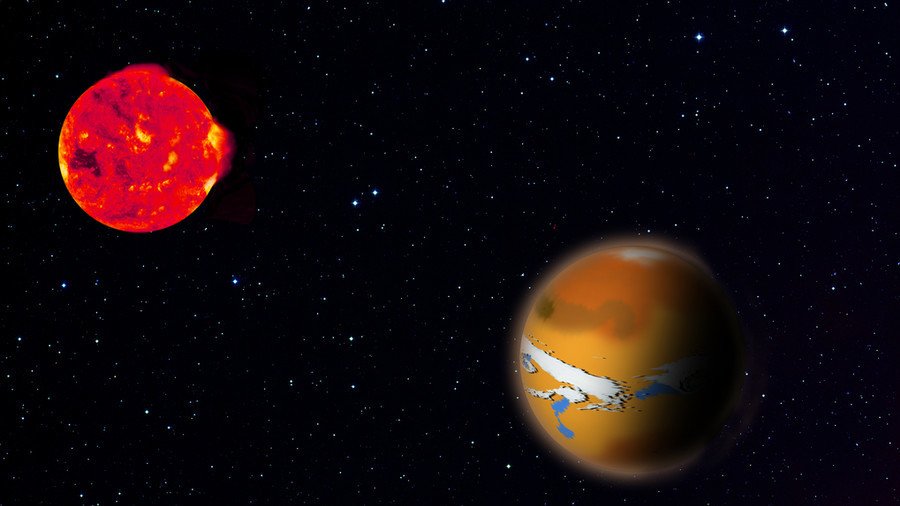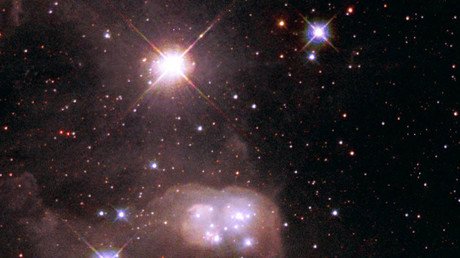Detecting life on alien planets hindered by odd airflow patterns – study

The quest for life on other planets may be lined with more challenges than previously thought, according to a new study that offers bad news for alien hunters.
Using simulations, researchers at the Max Planck Institute for Astronomy in Germany, found that unusual air flow patterns could be hiding traces of life on our nearest exoplanets.
Examining a planet's atmosphere to identify chemical compounds that may be produced by living beings is key to detecting life on other planets, the study, published in the journal Monthly Notices of the Royal Astronomical Society, explains.
Ozone is one such molecule that could indicate the presence of oxygen-producing bacteria or plants on an alien planet. However according to this research on exoplanets ozone could be systematically trapped in the equatorial region.
Analyzing potential Earth-like planets that orbit their host star in 25 days or fewer such as Proxima b and TRAPPIST-1d, the team found an unusual day-night divide which could impact the distribution of ozone across the atmosphere.
Alien-hunters crowdsource funding for ambitious telescope to investigate Proxima b https://t.co/atLh8J0ESppic.twitter.com/v8nNHf7dFg
— RT (@RT_com) September 22, 2017
"Absence of traces of ozone in future observations does not have to mean there is no oxygen at all. It might be found in different places than on Earth, or it might be very well hidden," lead researcher Ludmila Carone said.
This unexpected atmospheric structure also presents obstacles to habitability as the majority of the planet would not be protected against UV radiation.
"In principle, an exoplanet with an ozone layer that covers only the equatorial region may still be habitable," Carone said qualifying the statement with a reminder of the unpredictable nature of exoplanets and their stars.
"Proxima b and TRAPPIST-1d orbit red dwarfs, reddish stars that emit very little harmful UV light to begin with. On the other hand, these stars can be very temperamental, and prone to violent outbursts of harmful radiation including UV."
It’s hoped advances in modelling and improved data from telescopes like the James Webb Space Telescope will lead to significant progress in this area.
"We all knew from the beginning that the hunt for alien life will be a challenge. As it turns out, we are only just scratching the surface of how difficult it really will be."












